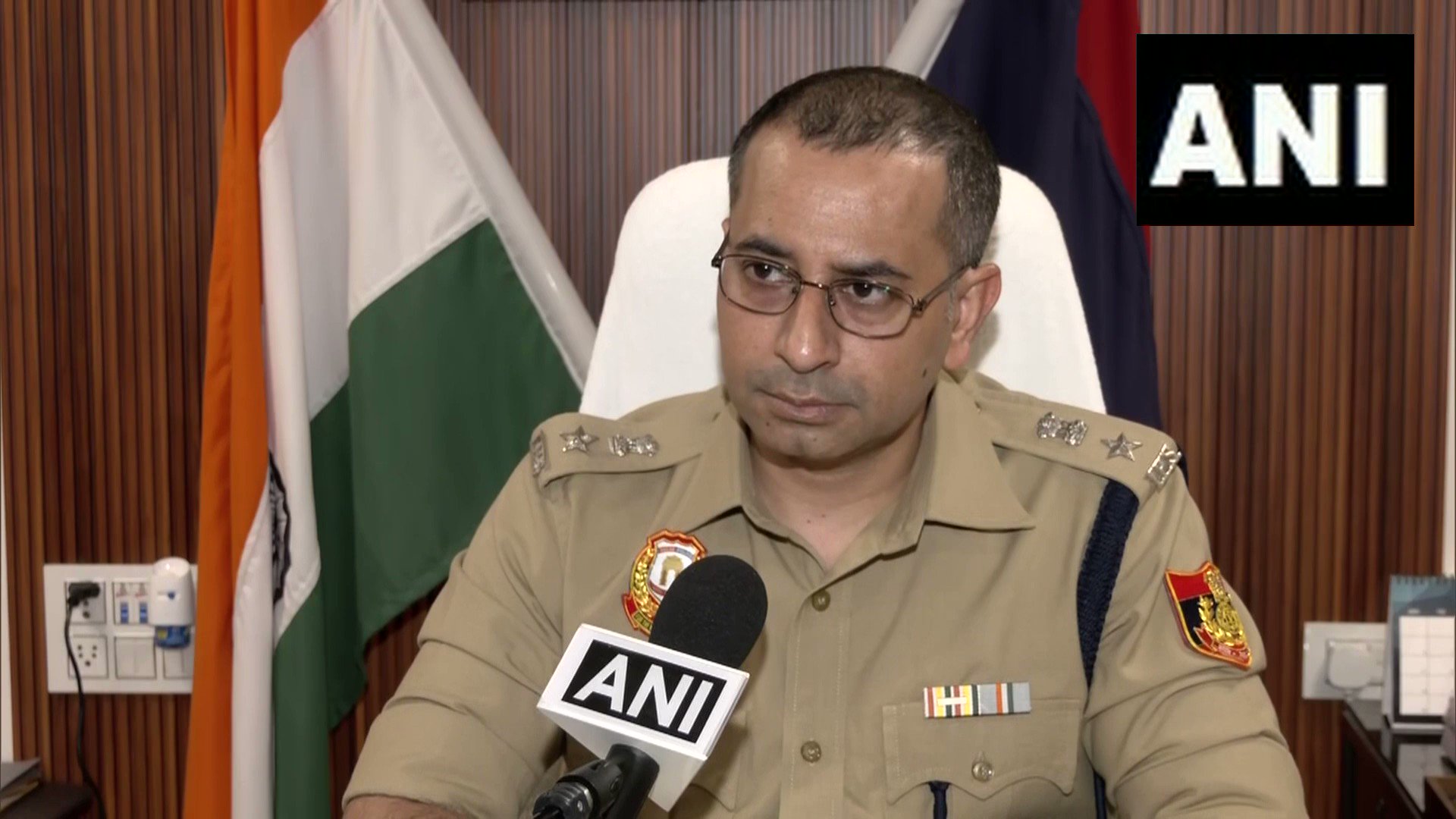New Delhi – A tragic Delhi Punjabi Bagh Murder case has shaken the local community after a 25-year-old man was brutally stabbed to death during a violent confrontation between two groups near Transport Nagar on Sunday night. The incident, which began as a minor disagreement over smoking, escalated into a deadly encounter that claimed the life of Durgesh Singh and left his friends injured.
This Delhi Punjabi Bagh Murder has highlighted the dangerous consequences of street altercations and the need for effective conflict resolution mechanisms in densely populated urban areas. The case demonstrates how quickly minor disputes can spiral into life-threatening violence when emotions run high and weapons become involved.
Incident Details and Initial Confrontation
The Delhi Punjabi Bagh Murder originated from what appeared to be a trivial disagreement between two groups of young men. According to police investigations, the victims were smoking in the vicinity of the accused individuals, which led to an initial verbal disagreement that would ultimately prove fatal.


Police reports indicate that this Delhi Punjabi Bagh Murder case began when the accused took exception to the victims smoking near their location. What started as a simple complaint about smoking behavior quickly deteriorated into a heated argument between the two groups, setting the stage for the violent confrontation that would follow.
The escalation pattern in this Delhi Punjabi Bagh Murder demonstrates how rapidly tensions can rise in public spaces, particularly when multiple individuals from different groups become involved in a dispute. The incident serves as a stark reminder of how easily disagreements can turn deadly in urban environments.
Escalation to Violence
The Delhi Punjabi Bagh Murder took a deadly turn when the verbal disagreement escalated into physical violence. The argument transformed into a fistfight between the two groups, with tensions reaching a breaking point that would have tragic consequences for all involved.
Also Read: Shocking Telangana Newlywed Murder: Wife and Boyfriend Hire Killers for Rs. 2 lakhs
During this phase of the Delhi Punjabi Bagh Murder, the situation became increasingly dangerous as both sides engaged in physical confrontation. The presence of multiple individuals from each group contributed to the chaos and made it difficult for any single person to de-escalate the situation before it turned lethal.
The transformation from verbal argument to physical violence in this Delhi Punjabi Bagh Murder case illustrates the dangerous dynamics that can emerge when group conflicts occur in public spaces without adequate intervention or mediation.
Fatal Attack and Weapon Usage
The Delhi Punjabi Bagh Murder reached its tragic climax when the accused individuals, numbering three to four people, launched a coordinated attack using deadly weapons. The attackers employed both sharp objects and stones found in the area to assault Durgesh and his friends, demonstrating the premeditated nature of their violent response.
In this Delhi Punjabi Bagh Murder, the use of weapons transformed what might have remained a non-fatal altercation into a deadly encounter. The accused individuals’ decision to arm themselves with sharp objects and improvised weapons like stones shows the deliberate intent to cause serious harm to their victims.
The weapon selection in this Delhi Punjabi Bagh Murder case reveals the opportunistic nature of street violence, where readily available objects become instruments of deadly assault. This aspect of the case underscores the unpredictable danger present in public confrontations.
Victim Profile and Personal Background
The victim of this Delhi Punjabi Bagh Murder, Durgesh Singh, was a 25-year-old man who worked at a local shop and was simply spending time with friends when the tragic incident occurred. He lived near Vikaspuri with his parents, who are now mourning the loss of their son in this senseless act of violence.
Durgesh’s background in this Delhi Punjabi Bagh Murder case represents the profile of many young urban residents who become victims of street violence through no fault of their own. His ordinary circumstances – working at a shop and socializing with friends – highlight how random violence can affect anyone in urban environments.
The personal details of this Delhi Punjabi Bagh Murder victim underscore the human cost of street violence and the devastating impact such incidents have on families and communities. Durgesh’s death represents not just a crime statistic but the loss of a young life with potential and promise.
Injuries and Medical Response
The Delhi Punjabi Bagh Murder resulted in severe injuries to the primary victim, with Durgesh Singh sustaining fatal wounds to his chest and head. The nature and location of these injuries indicate the brutal and targeted nature of the attack, designed to cause maximum harm to the victim.
When the attackers fled the scene of this Delhi Punjabi Bagh Murder, Durgesh’s friends discovered him severely injured and immediately attempted to save his life by rushing him to the hospital. Despite their quick response and medical intervention, the severity of his injuries proved fatal.
The medical outcome of this Delhi Punjabi Bagh Murder demonstrates the deadly effectiveness of the weapons used in the attack and the tragic reality that even prompt medical attention could not save the victim’s life once such severe injuries were inflicted.
Police Investigation and CCTV Analysis
The investigation into this Delhi Punjabi Bagh Murder showcased the extensive resources and technology available to modern law enforcement. Police officials conducted a comprehensive review of footage from over 250 CCTV cameras to identify and track the movements of the accused individuals.
Deputy Commissioner of Police (West) Vichitra Veer explained that the Delhi Punjabi Bagh Murder investigation utilized advanced surveillance technology and traditional investigative techniques. The massive CCTV review demonstrates the thoroughness of the police response and their commitment to solving this serious crime.

The technological approach to solving this Delhi Punjabi Bagh Murder case represents modern policing methods that combine digital surveillance with ground-level investigation techniques. The success of this approach led to the rapid identification and arrest of the suspects.
Arrests and Suspect Identification


Within three days of the Delhi Punjabi Bagh Murder, police successfully identified and arrested four suspects connected to the crime. The accused individuals were tracked through their movements in the area and with assistance from local informers who provided crucial information.
The suspects in this Delhi Punjabi Bagh Murder case were identified as Himanshu Paswan, Deepak Pal, Parveen Singh, and Md Nekat, all young men aged between 20 and 22 years. Their arrest occurred during coordinated raids conducted in the Ashok Vihar area, demonstrating effective police work and inter-district coordination.
The swift resolution of this Delhi Punjabi Bagh Murder case through arrests reflects the dedication of law enforcement officers and the effectiveness of combining technological surveillance with traditional investigative methods in urban crime solving.
Case Registration and Legal Proceedings

The Delhi Punjabi Bagh Murder case was officially registered based on the statement provided by Narveer Singh, one of Durgesh’s friends who witnessed the attack. This formal case registration initiated the legal process that will ultimately determine the fate of the accused individuals.
The legal framework surrounding this Delhi Punjabi Bagh Murder ensures that proper procedures are followed in prosecuting those responsible for this tragic crime. The case registration marks the beginning of judicial proceedings that will seek justice for Durgesh Singh and his family.
This Delhi Punjabi Bagh Murder case will now proceed through the court system, where the evidence gathered through the extensive investigation will be presented to determine the appropriate legal consequences for the accused individuals’ actions.

